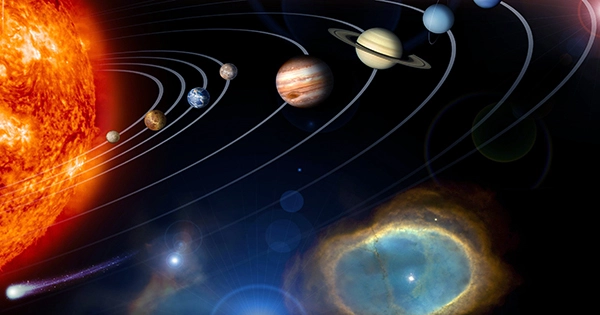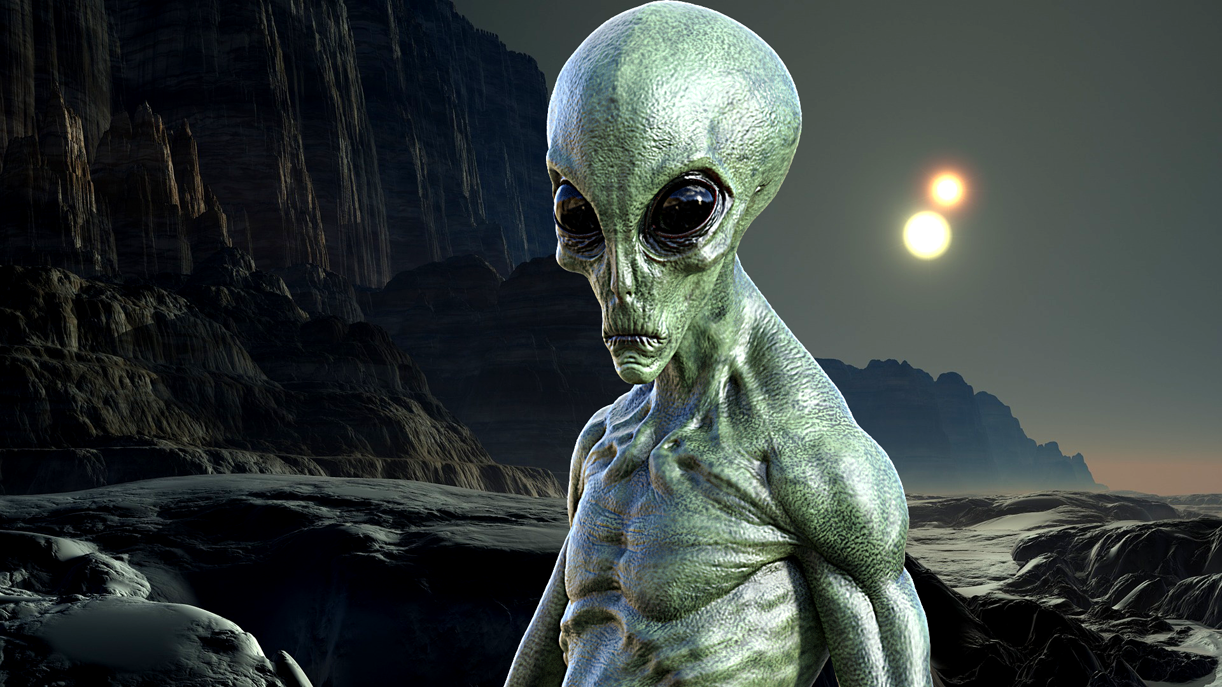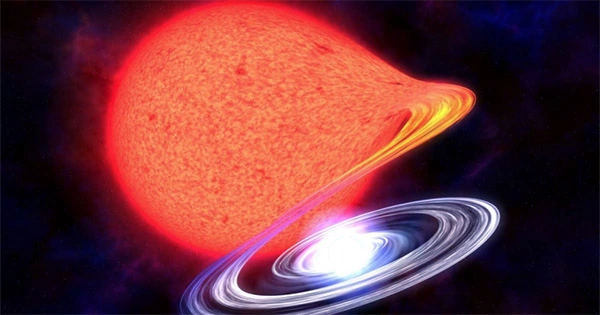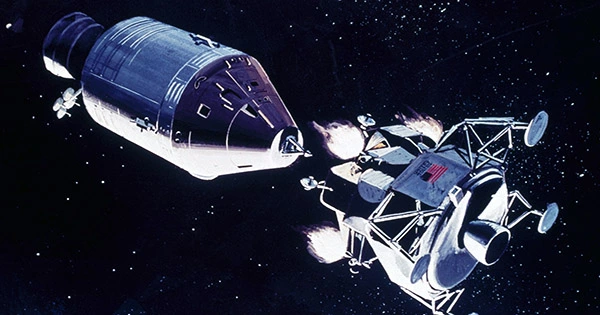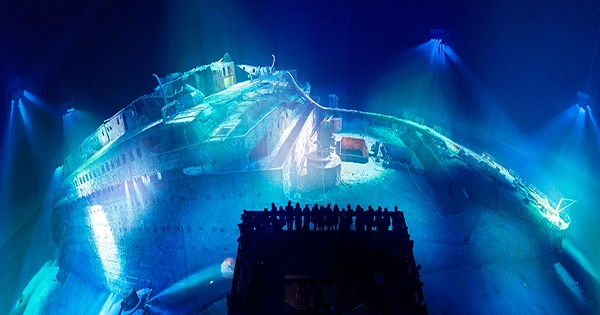The closest planets to Earth are Venus and Mars, though in different ways.
Venus and Earth are remarkably similar in terms of size, average density, mass, and surface gravity.
Mars, however, resembles Earth the most in other respects. A Martian day is a little over 24 hours long, and the planet’s rotational axis is oriented similarly to the Earth’s. What’s most intriguing, though, is the theory that Mars once possessed liquid water on its surface, exactly like Earth does now. Some speculate that because of this, life may have once existed on Mars.
Astronomers formerly thought there were canal systems crisscrossing Mars’ surface. This in turn led to the theory that Mars was extremely similar to Earth and had a native culture in addition to being able to host life. This view of Mars gradually vanished, however, as human satellites and rovers started to fly past and investigate the planet, and it was replaced by one in which the Red Planet was a cold, dried, and dead environment.
But during the last two decades, scientists have learned a great lot about Mars’ past, which has also changed this perspective. Despite the fact that Mars is today extremely cold, dry, and hostile, we now know that this wasn’t always the case.
The size, inclination, structure, composition, and even the presence of water on their surfaces share characteristics with the other planet. However, they also differ significantly in many important ways, which would make life on Mars, an increasing concern for many people (looking at you, Elon Musk and Bas Lansdorp! ), a difficult task.
Earth and Mars are very different from one another in terms of their size and mass. The largest of the terrestrial planets, Earth is the fifth largest and fifth most massive planet in the Solar System with a mean radius of 6371 km and a mass of 5.971024 kg. Mars, on the other hand, has a radius that is nearly similar to 0.53 Earths, measuring 3,396 km at its equator and 3,376 km at its poles. Its mass, however, is only 6.4185 x 1023 kg, or about 15% of Earth’s.
Mars’ axial tilt is 25.19° to its orbital plane, which is extremely comparable to Earth’s axial tilt of a little over 23°. This means that, like Earth, Mars also has seasons and temperature changes (see below).
Mars is a very small, dry, cold, and dusty planet in comparison to Earth. It has almost no atmosphere, a relatively low gravity, and no breathable air. In fact, the years are nearly twice as long as they are on Earth. The planet does, however, have a substantial amount of water (albeit much of it is in the form of ice), seasonal cycles, temperature changes, and a day that is nearly as long as Earth’s.
If humans ever desire to live there, all of these issues will need to be resolved. Others will need to be conquered or adjusted to, while some can be worked around. And for that, we’ll need to rely quite a bit on technology (i.e. terraforming and geoengineering).
